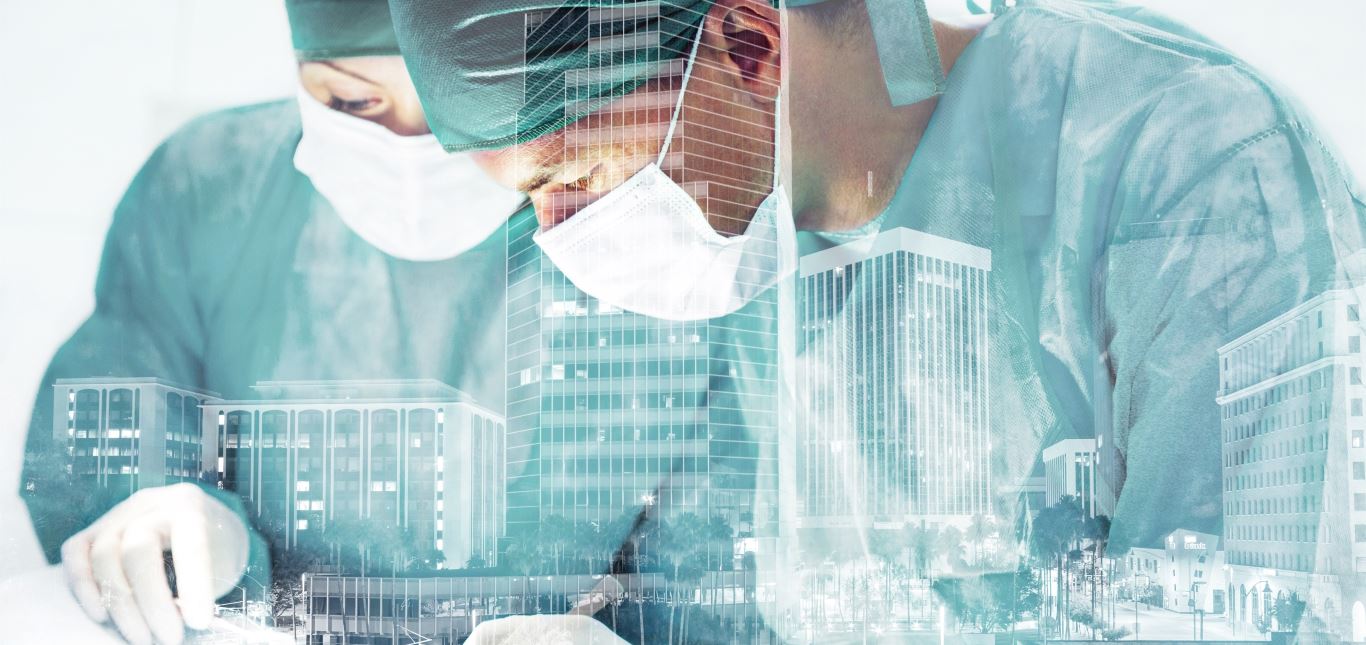WHAT MEANS ADVANCED CLINICAL ANATOMY?
Thera are three words in this heading: Advanced, Clinical, and Anatomy. So, let’s explain them separately, but reversing the order.
First, consider anatomy. Of course, everybody knows very well what means this word. But it doesn’t means exactly the same for everyone. So, follow me.
Anatomy is a science, that’s beyond question. But since people gives a value to everything depending to a great extend on the usefulness he gets from it, we must consider other definitions for this concept, and the best way to explore this is to follow the knowledge received along the educational training, in other words and for the majority, during their medical studies.
At the beginning, in the early grades, anatomy is this huge amount of strange meaningless names that costs us sleepless nights, preparing us to face an exam with our heartbeat out of control while praying to survive without too many sequels. But soon one realises that anatomy is not just a list of names, it’s linked to images that describes better the reality. Then, next step is simple: just try to see in mind a set of two-dimensional images, a kind of inner atlas.
However, no time to relax, because suddenly starts the stage devoted to pathology, and one falls in the real world, which has three dimensions: wide, length and high.
This claims a radical change in our mind: we need to set up in our brain a three dimensional anatomical atlas, witch is not always easy. For some people, it’s as natural as breathing, while others need a hard training to get it, and for them it can be very difficult.
And it’s not the end of the tale. To get more fun, real world, as this old chap Albert Einstein demonstrate a century ago, has essentially not three but four dimensions. Time changes steadily the shape and relationships between body elements, because life is movement, and we need to be able to build in our mind not just three dimensional images, but a high definition video to really understand what’s really happening in the body. So still more challenges.
When we achieve this, anatomy is no longer just a science. It becomes a tool, the only available tool to navigate across the body. In fact, it’s a fantastic GPS that allow us to know with precision where we are, either in a real trip, in the case of surgery, or in a virtual one, when analysing an image or interpreting a clinical condition.
And what about the second word of the title, Clinical? No mystery, join it to the word Anatomy, and you get the name of our GPS: Clinical Anatomy.
All this is obvious? Should be, but the fact is that while anatomy holds an important place in the medical career, clinical anatomy is too often left to students’ initiative, and becomes a matter of concern along their profesional life. In other words, Clinical Anatomy is essential to face everyday problems in medicine, and is not easy to get enough continuous education in it.
And finally, why Advanced? We don’t mean Advanced Anatomy. This should be as advanced as one needs in his professional activity, of course. We are dealing with Advanced Clinical Anatomy, i.e. to find, explore and use the best ways to improve the use of anatomy as a tool. In other words, just trying to have always the last and best anatomical GPS, teaching, learning, and doing research whenever possible.

